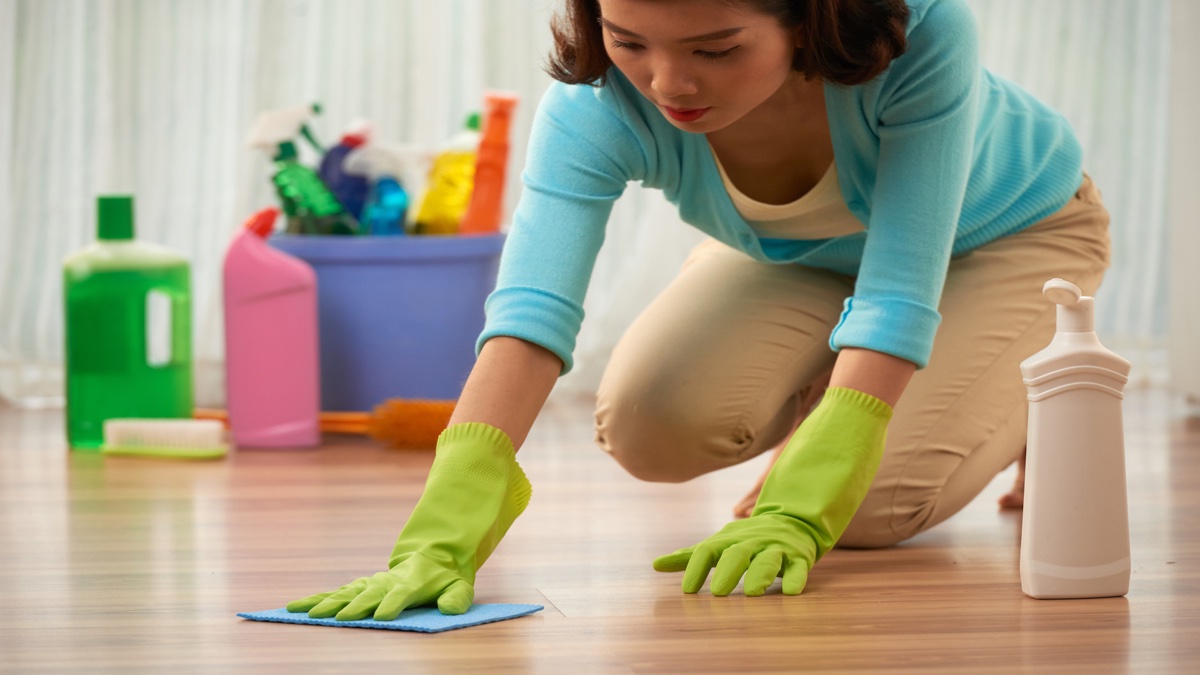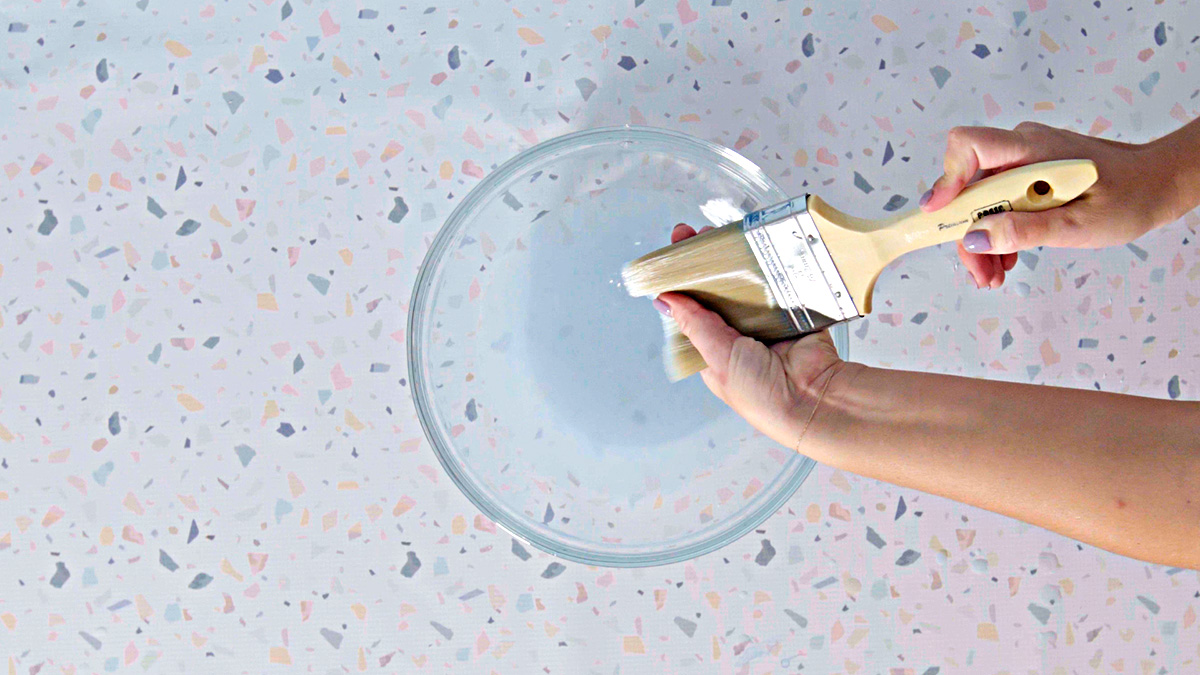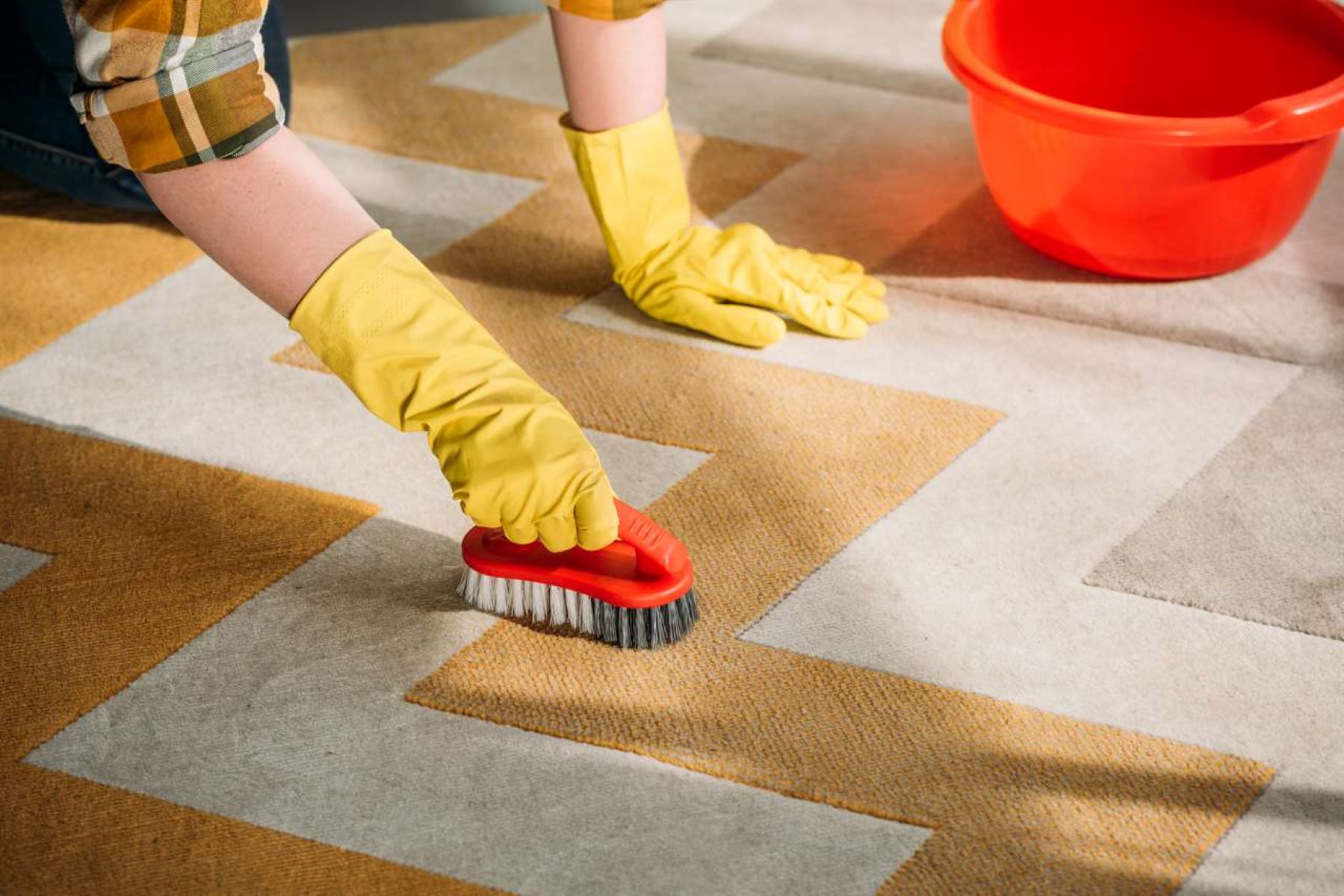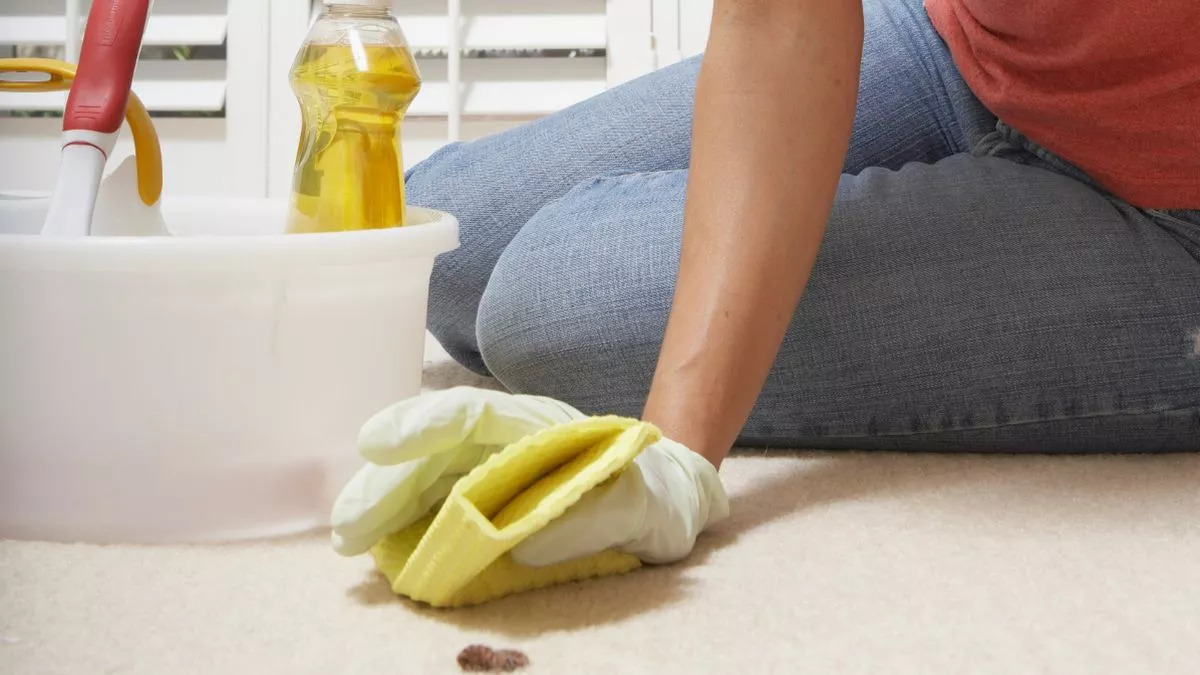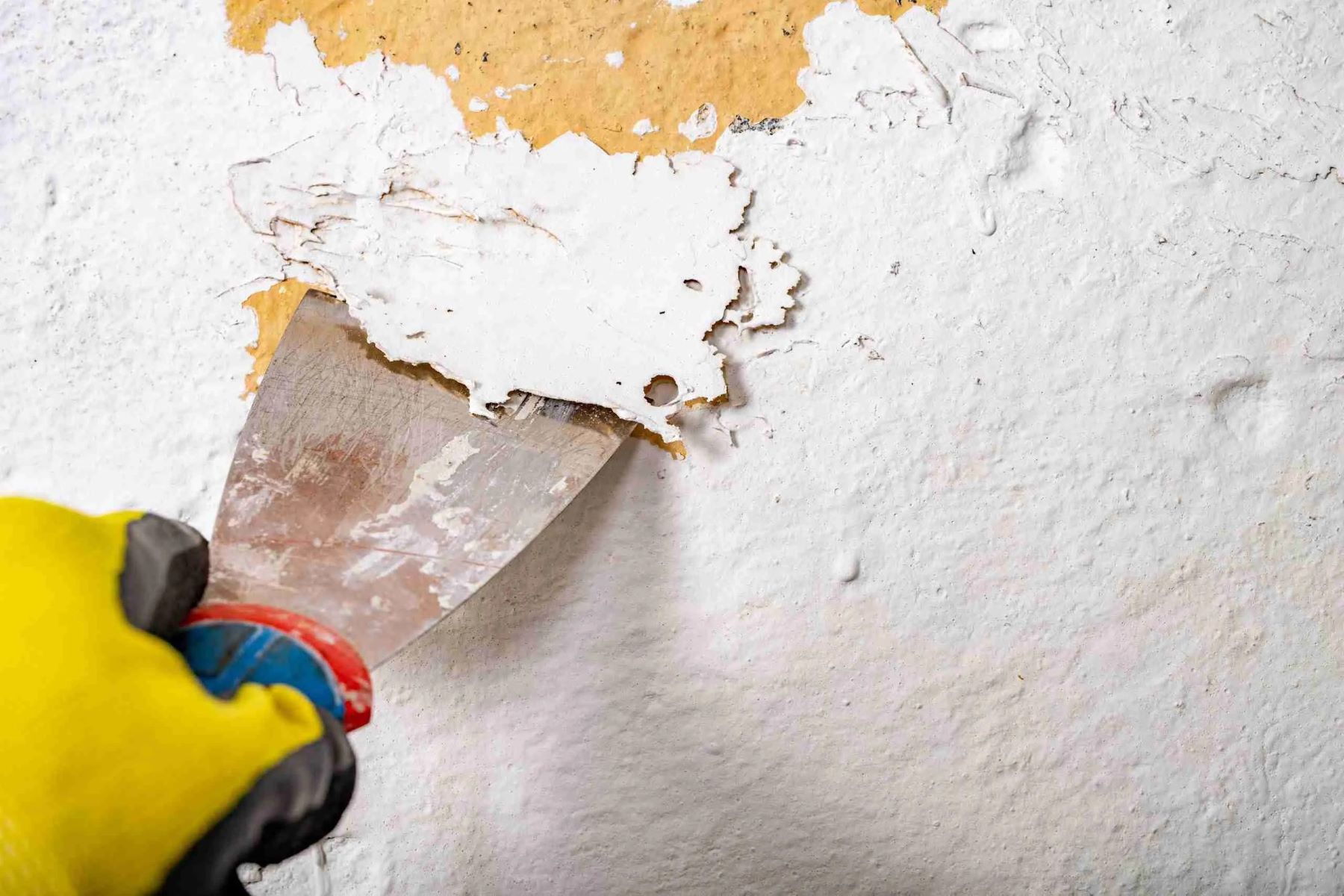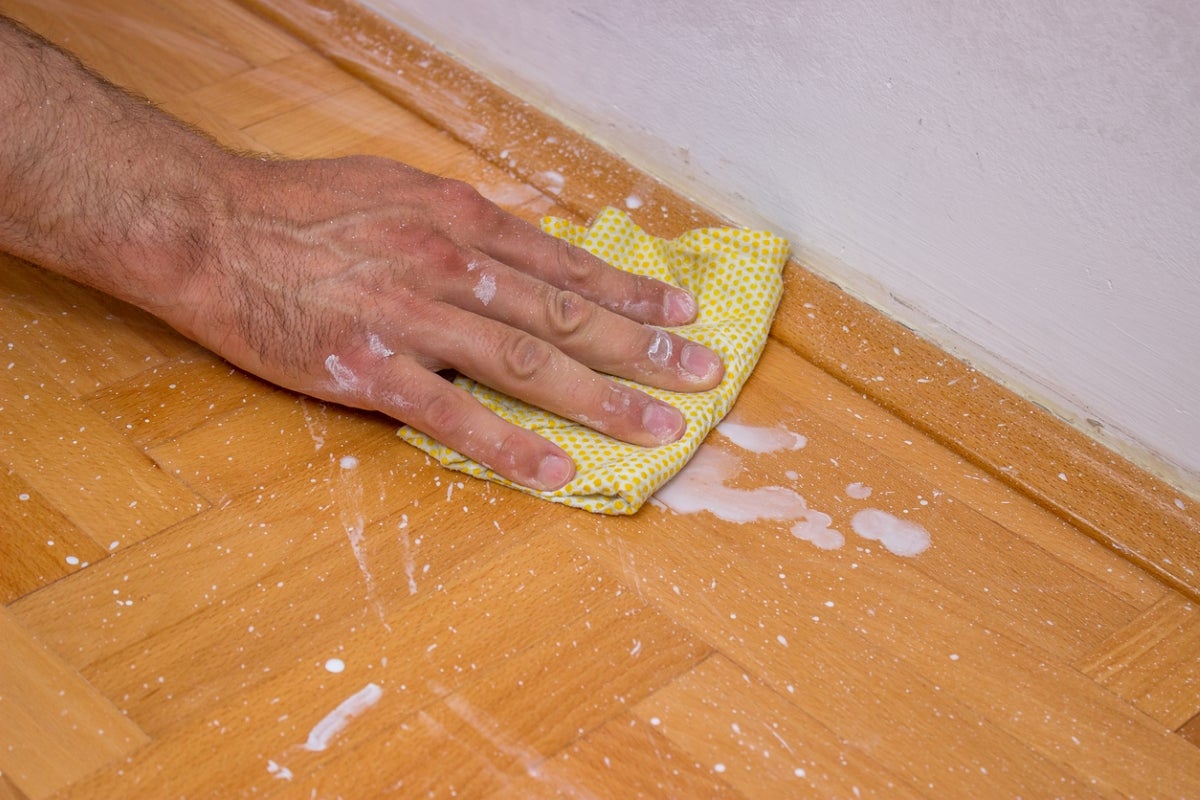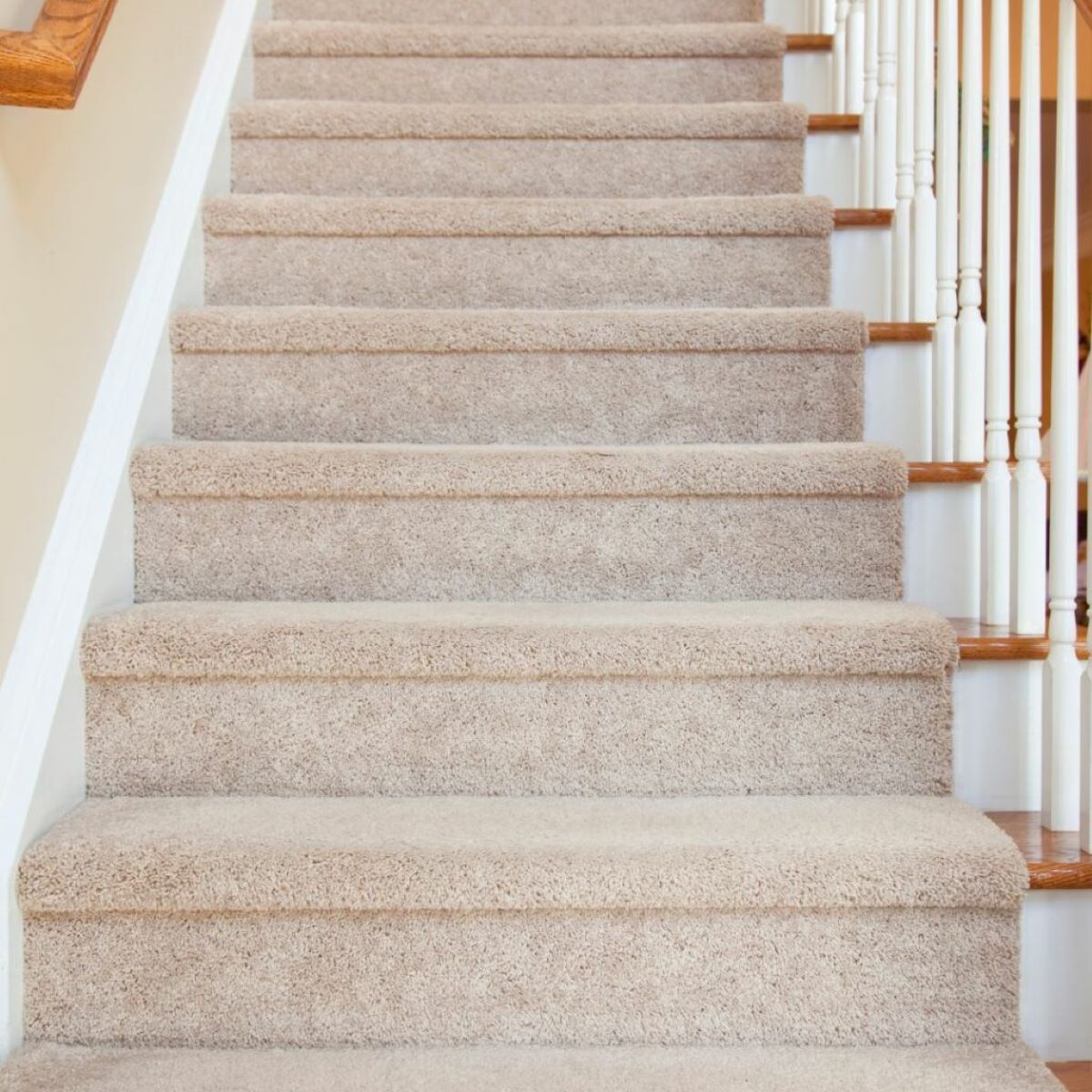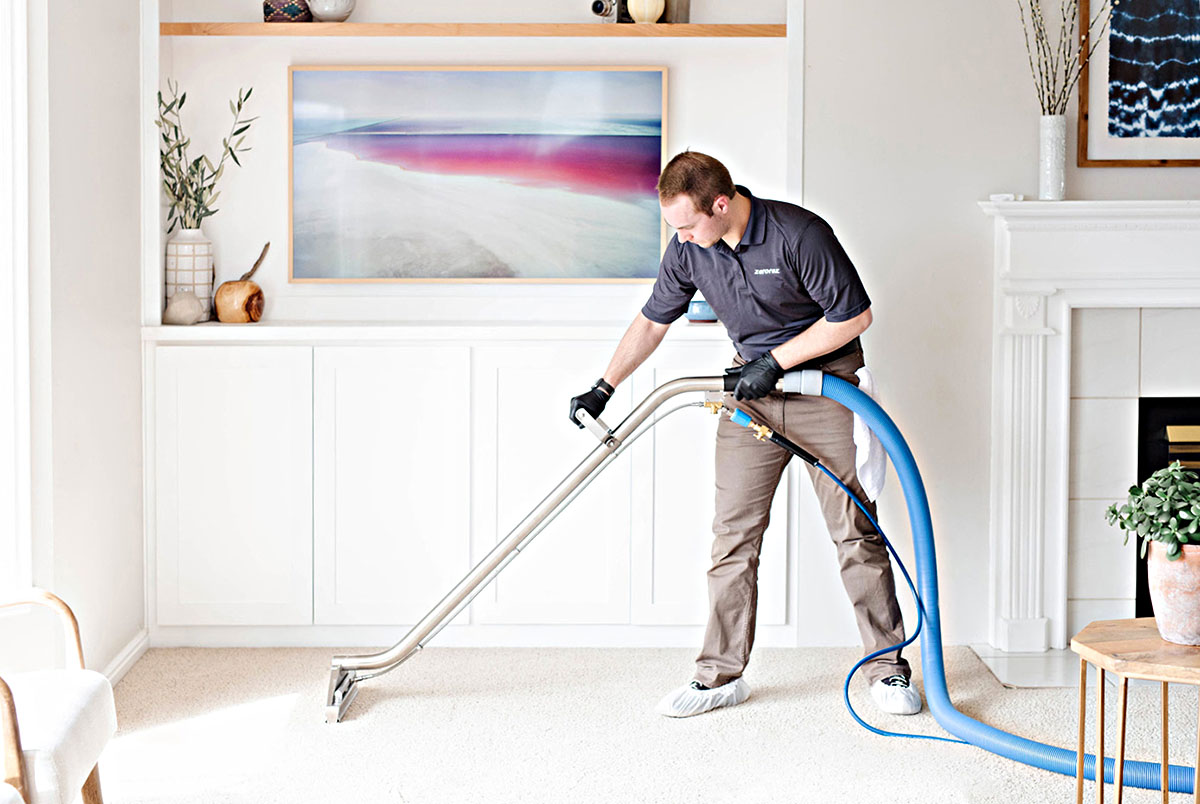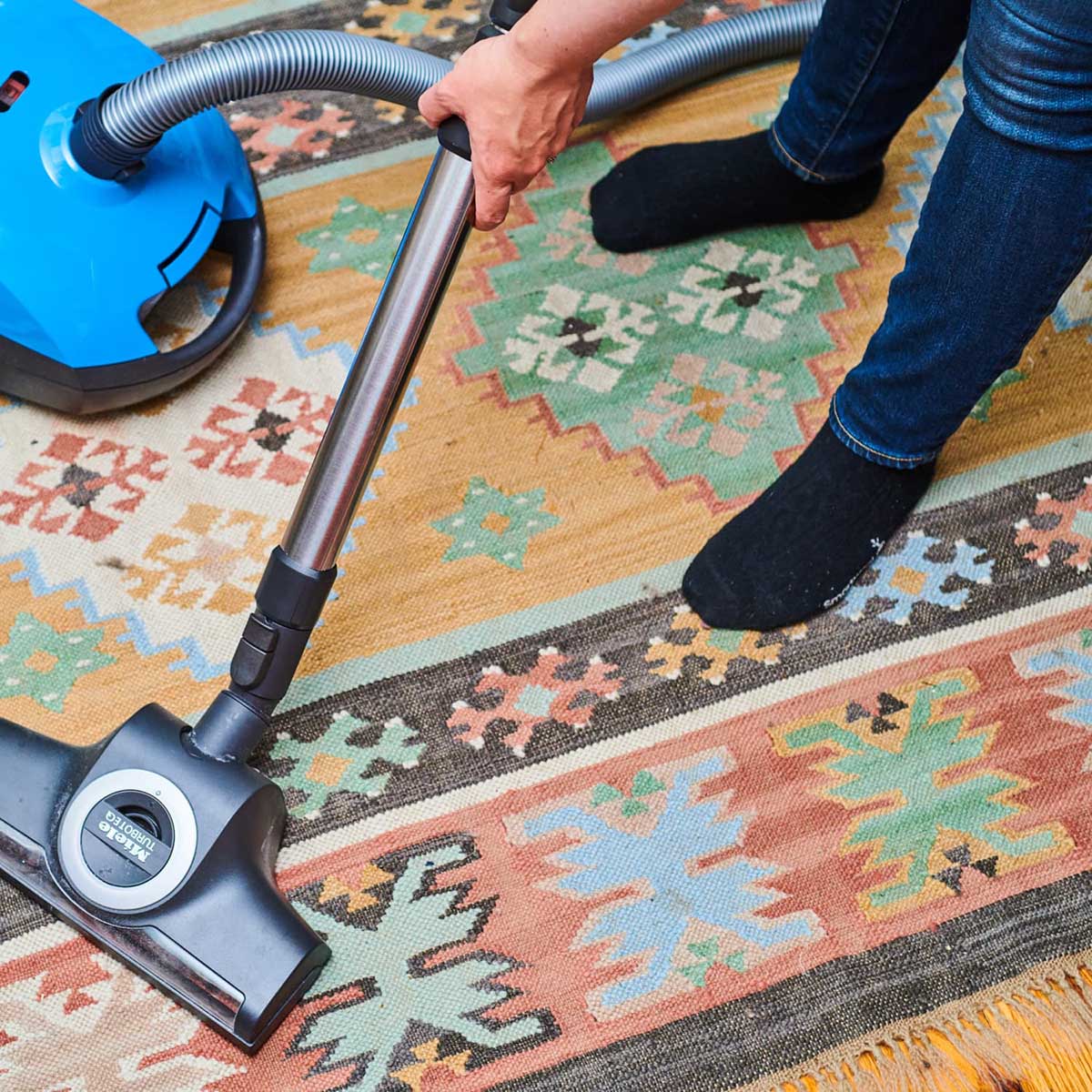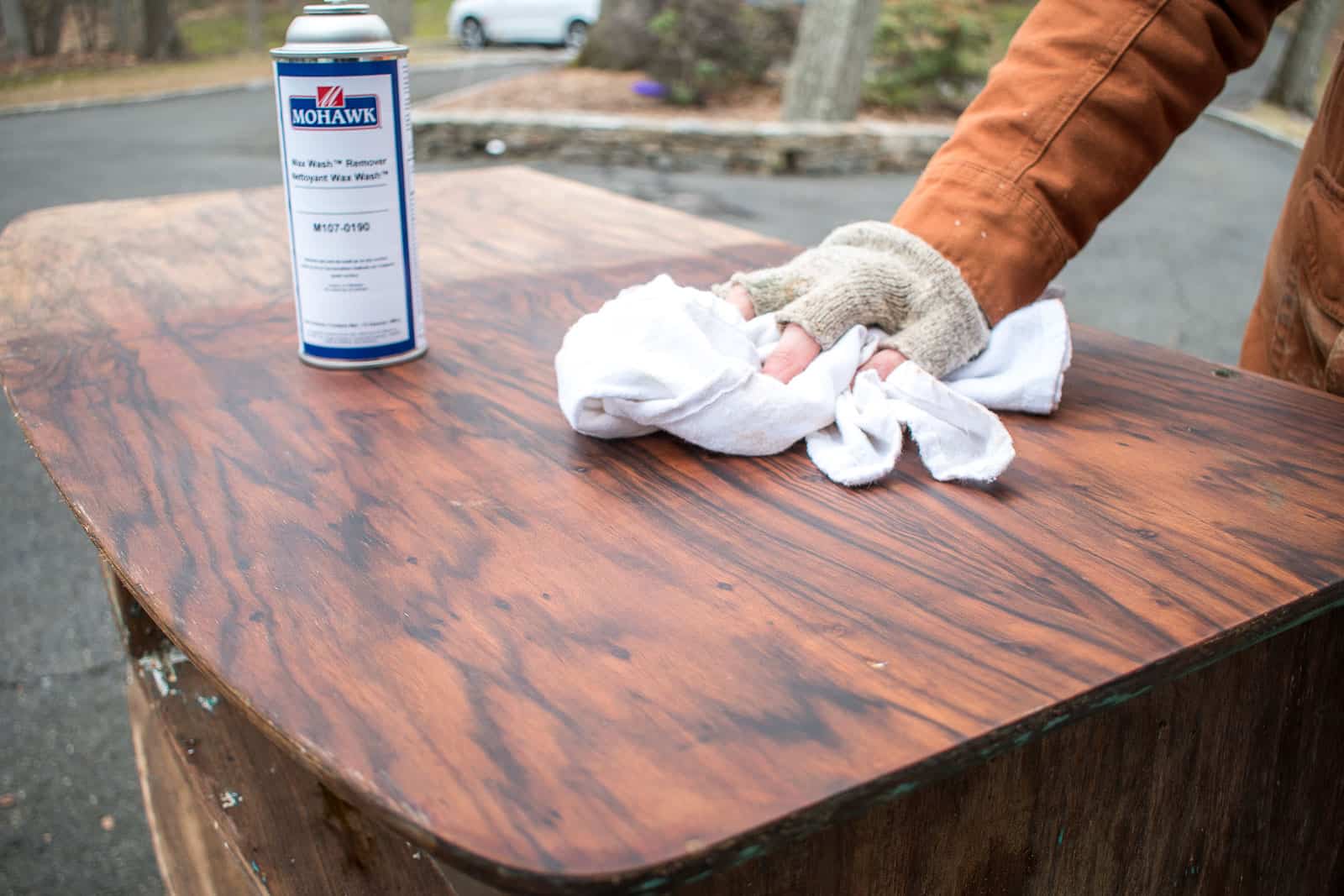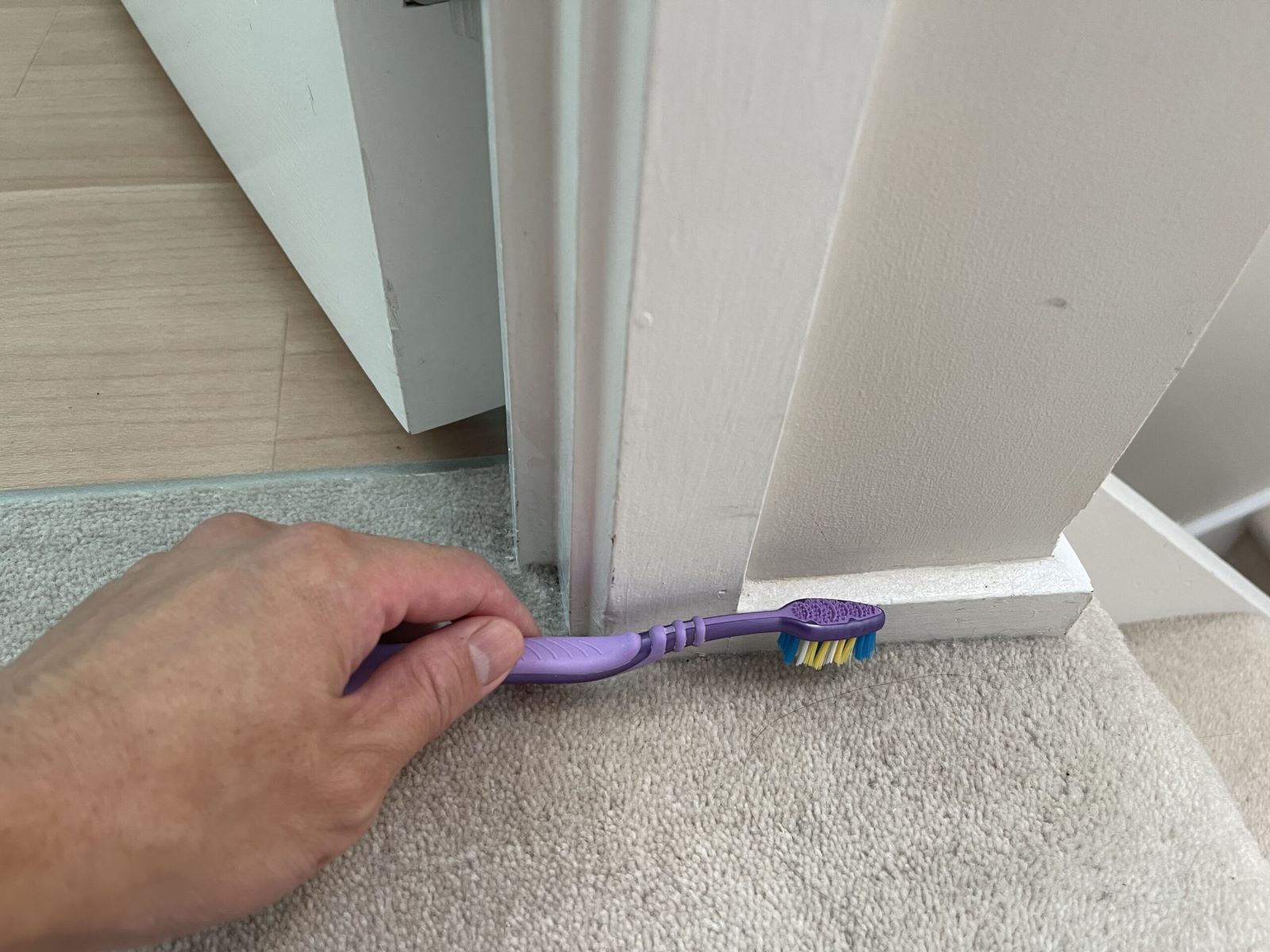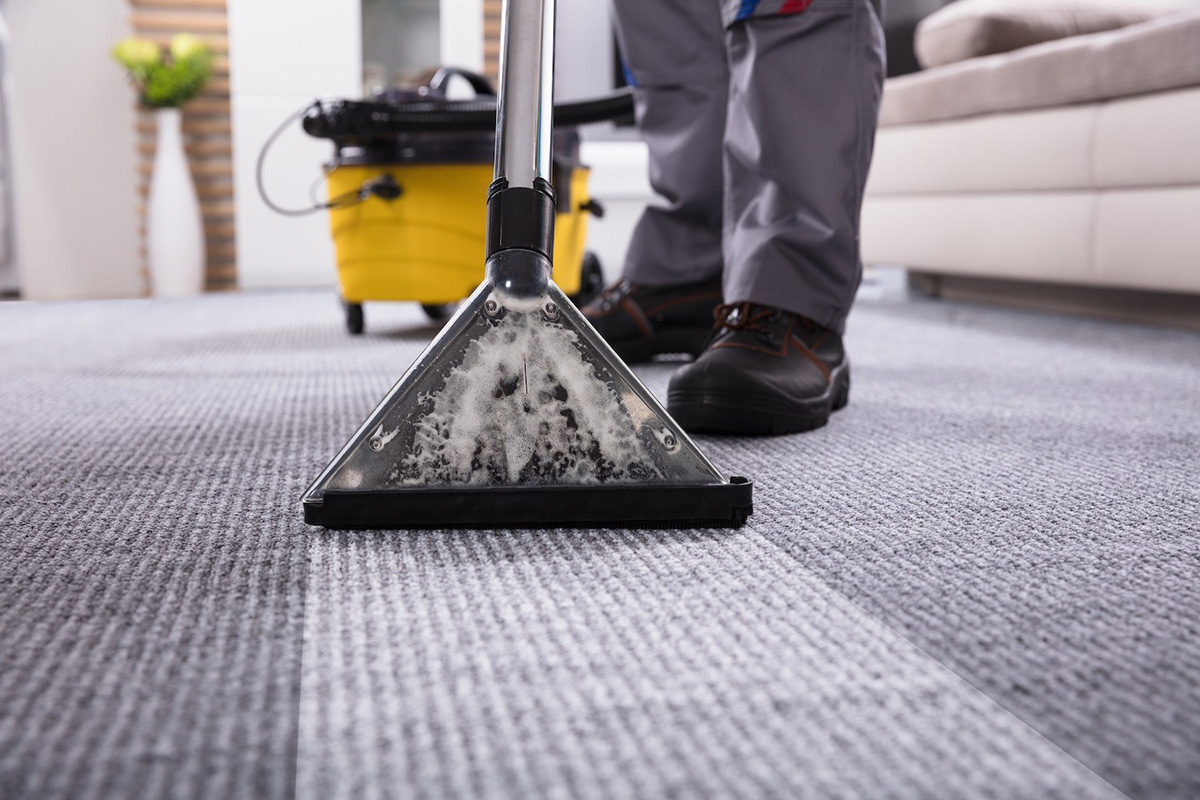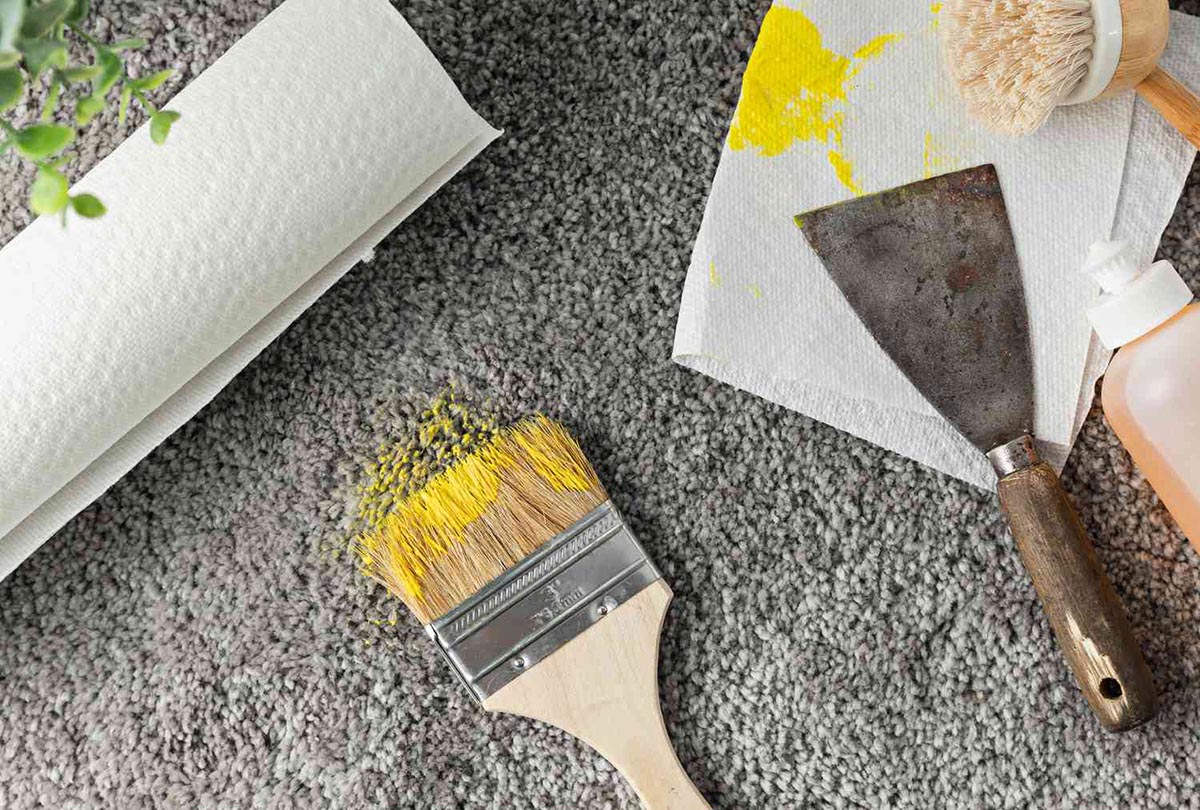

Articles
How To Clean Paint Off Carpet
Modified: August 30, 2024
Learn how to effectively remove paint stains from your carpet with these helpful articles. Get expert tips and advice to clean your carpets and keep them looking fresh.
(Many of the links in this article redirect to a specific reviewed product. Your purchase of these products through affiliate links helps to generate commission for Storables.com, at no extra cost. Learn more)
Introduction
Accidents happen, and sometimes paint can end up on your beautiful carpet. Whether it’s a spill from a painting project or a mishap with a child’s art supplies, getting paint out of carpet can seem like a daunting task. But fear not, with the right materials and a little know-how, you can effectively clean paint off your carpet and restore its pristine appearance.
In this article, we will guide you through a step-by-step process to remove paint from carpet. From gathering the necessary materials to implementing effective cleaning techniques, you’ll have all the information you need to tackle this task with confidence.
Before we dive into the details, it’s important to note that the success of paint removal depends on various factors, including the type of paint, the age of the stain, and the type of carpet fibers. It’s always a good idea to test any cleaning solution on a small, inconspicuous area of the carpet first to ensure it doesn’t cause any discoloration or damage.
So let’s get started on salvaging your carpet and making it paint-free once again!
Key Takeaways:
- Act quickly when paint spills on your carpet, and follow the step-by-step process to effectively remove the stain. Patience and persistence are key to achieving a pristine carpet once again.
- Gather the necessary materials and use gentle techniques to successfully clean paint off your carpet. Prompt action, the right tools, and attention to detail will lead to a restored and paint-free carpet.
Read more: How To Get Spray Paint Off Carpet
Materials Needed
Before embarking on your paint removal journey, gather the following materials:
- White cloth or paper towels
- Plastic or metal scraper
- Warm water
- Mild liquid dish soap
- Soft-bristle brush or old toothbrush
- Clean white cloth or sponge
- Hydrogen peroxide (for water-based paint) or rubbing alcohol (for oil-based paint)
- Vacuum cleaner
The above materials are commonly found in households or can be easily obtained from stores. It’s crucial to use white cloths or towels to avoid any color transfer onto your carpet during the cleaning process.
If you need to purchase some of these items, consider visiting your local home improvement or grocery store. They will likely have a selection of cleaning supplies readily available.
Once you have all the materials on hand, you’re ready to begin the paint removal process. Remember to exercise caution and perform a patch test before proceeding, especially if you have a delicate or high-pile carpet.
Step 1: Blotting the Paint
The first step in removing paint from your carpet is to start the cleanup as soon as possible. The longer the paint sits on the carpet, the harder it will be to remove. Follow these steps to begin the paint removal process:
- Act quickly: As soon as you notice the paint spill, grab a white cloth or paper towel and gently blot the excess paint. Avoid rubbing the stain, as this can push the paint deeper into the carpet fibers and make it more challenging to remove.
- Scrape off dried paint: If the paint has already dried, use a plastic or metal scraper to gently scrape off as much as you can without damaging the carpet fibers. Be careful not to apply excessive force or use sharp tools that can cause further damage.
- Blot with warm water: Moisten another clean white cloth or paper towel with warm water. Blot the paint stain, starting from the outer edges and working your way towards the center. This helps prevent the paint from spreading further.
- Continue blotting: Repeat the blotting process with a fresh section of the cloth or towel until no more paint transfers onto it. It may take multiple rounds of blotting to remove all the paint successfully.
Remember to be gentle throughout this process to avoid damaging the carpet fibers. It’s essential to blot the paint stain rather than scrubbing or rubbing it, as this can cause the paint to embed deeper into the carpet fibers and create a bigger mess.
If the paint stain remains after blotting, don’t worry. We will move on to the next step, where we’ll introduce a cleaning solution that can help lift the remaining paint from your carpet.
Step 2: Applying Cleaning Solution
After successfully blotting the excess paint stain, it’s time to move on to applying a cleaning solution to tackle the remaining residue. Follow these steps to effectively utilize a cleaning solution:
- Create a cleaning solution: In a small bowl or bucket, mix a few drops of mild liquid dish soap with warm water. Be sure not to use harsh chemicals or bleach, as these can damage your carpet.
- Dampen a clean cloth: Dip a clean white cloth or sponge into the cleaning solution. Wring out any excess liquid to ensure the cloth is damp rather than soaking wet. It’s important not to oversaturate the carpet, as excessive moisture can lead to mold or mildew growth.
- Gently blot the stain: Begin by blotting the remaining paint stain with the damp cloth. Start from the outer edges and work your way towards the center. Again, avoid rubbing or scrubbing the stain, as this can push the paint deeper into the carpet fibers.
- Let the solution sit: Allow the cleaning solution to remain on the paint stain for a few minutes. This helps to loosen the paint from the carpet fibers and makes it easier to remove.
- Blot with clean water: Moisten a separate clean cloth or sponge with clean water. Blot the area where you applied the cleaning solution to remove any soapy residue. Repeat this process with a fresh section of the cloth or sponge as needed.
It’s important to note that different types of paint may require different cleaning solutions. If you’re dealing with water-based paint, the mild dish soap solution should be sufficient. However, for oil-based paint, you may need to use a bit of rubbing alcohol instead. Always refer to the paint manufacturer’s instructions or consult with a professional if you’re unsure of the best cleaning solution to use.
Once you’ve successfully applied the cleaning solution and removed any soapy residue, it’s time to proceed to the next step: scrubbing the stain gently to lift up the remaining paint particles.
Blot the paint with a clean cloth to remove excess, then mix dish soap with warm water and blot the stain. Rinse with water and repeat if necessary. Avoid rubbing to prevent spreading the paint.
Step 3: Scrubbing the Stain
Now that you have applied the cleaning solution and allowed it to sit for a few minutes, it’s time to gently scrub the paint stain to help lift up the remaining paint particles. Follow these steps to effectively scrub the stain without causing damage to your carpet:
- Select a soft-bristle brush or toothbrush: Choose a soft-bristle brush or an old toothbrush that will not be too abrasive on your carpet fibers. Avoid using a brush with hard bristles, as this can lead to fraying or damage.
- Dampen the brush: Moisten the bristles of the brush with clean water. You want the brush to be damp, but not dripping wet.
- Gently scrub the stain: Begin by gently scrubbing the paint stain in a circular motion. Start from the outer edges and work your way towards the center. Apply light pressure to avoid damaging the carpet fibers.
- Continue scrubbing: Use the brush to work the cleaning solution into the stain, focusing on the areas where the paint is still visible. Be patient and persistent, as it may take some time for the paint to fully lift from the carpet fibers.
- Rinse and blot: Periodically rinse the brush under clean water to remove any paint residue. Blot the area with a clean cloth or sponge to absorb any loosened paint particles. Repeat the scrubbing, rinsing, and blotting process until no more paint is transferred onto the cloth.
Remember to be gentle and avoid scrubbing too vigorously, as this can cause damage to your carpet. Take breaks as needed to assess your progress and avoid overworking the area.
If there are still traces of paint after scrubbing, don’t worry. We will move on to the next step, where we’ll use blotting and drying techniques to ensure the paint stain is completely removed.
Read more: How To Clean Mouse Droppings Off The Carpet
Step 4: Blotting and Drying
After scrubbing the paint stain and removing as much paint as possible, it’s time to focus on blotting and drying the area to ensure a thorough cleanup. Follow these steps to effectively blot and dry the carpet:
- Blot with clean water: Moisten a clean white cloth or sponge with clean water. Gently blot the area where the paint stain was, starting from the outer edges and working your way towards the center. This helps to remove any remaining cleaning solution and paint residue.
- Repeat blotting: Continue blotting the area until the cloth or sponge comes away clean and no more paint transfers onto it. Be patient and thorough during this process to ensure all traces of paint are removed.
- Dry the carpet: Once you have successfully removed the paint stain, use a dry cloth or paper towels to blot the carpet and soak up any excess moisture. Avoid rubbing the carpet, as this can cause friction and potentially damage the fibers.
- Air-dry the carpet: If the area is still slightly damp, allow the carpet to air-dry naturally. Open windows or use fans to improve air circulation in the room. Avoid walking on the damp carpet until it is completely dry to prevent any dirt or debris from sticking to the damp fibers.
- Vacuum the area: Once the carpet is fully dry, vacuum the area to fluff up the fibers and restore the carpet’s appearance. This helps to remove any remaining loose paint particles and ensures a clean, refreshed carpet.
It’s important to fully dry the carpet before resuming regular foot traffic or placing furniture back in the area. This helps prevent any potential mold or mildew growth and ensures a clean, dry surface.
If you encounter any stubborn paint stains that do not completely come out with the above steps, don’t worry. We will address this in the next step, where we discuss the option of repeating the process if necessary.
Step 5: Repeat if Necessary
In some cases, removing paint from the carpet may require more than one attempt. If there are still remnants of paint or if the stain persists after completing the previous steps, don’t worry. Follow these additional steps to repeat the process if necessary:
- Assess the remaining paint: Take a close look at the paint stain to evaluate how much paint is still present. Determine if it requires another round of cleaning or if spot treatment is needed for specific areas that are more stubborn.
- Apply cleaning solution: If necessary, reapply the cleaning solution to the remaining paint. Use a cloth or sponge dampened with the cleaning solution and gently blot the area. Let the solution sit for a few minutes to penetrate the paint stain.
- Scrub and blot: Use a soft-bristle brush or toothbrush to scrub the remaining paint, following the same circular motion technique as before. Blot the area with a clean cloth or sponge to remove any loosened paint particles.
- Rinse and dry: Rinse the area with clean water and continue blotting until no more paint transfers onto the cloth. Dry the carpet thoroughly by blotting with a dry cloth or paper towels.
- Reassess and repeat if needed: Once the carpet is dry, assess the paint stain again. If there are still traces of paint, you may need to repeat the process. Be persistent and patient, as some paint stains can be stubborn and require multiple attempts to remove completely.
Remember to take breaks as needed to avoid overworking the carpet and to allow it to dry completely between cleaning attempts. Additionally, be cautious when repeating the cleaning process to avoid excessive scrubbing, which can potentially damage the carpet fibers.
If repeated attempts to remove the paint stain are unsuccessful or if you are dealing with a particularly stubborn or extensive paint spill, it may be advisable to seek professional help or consult a carpet cleaning specialist for further advice and assistance.
Conclusion
Removing paint from your carpet may initially seem like a daunting task, but with the right materials, techniques, and a little patience, you can successfully restore your carpet’s pristine appearance. By following the step-by-step process outlined in this article, you can effectively clean paint off your carpet and eliminate unsightly stains.
Remember to act quickly when a paint spill occurs, as prompt action can make the stain easier to remove. Start by blotting the paint, scraping off dried paint if necessary, and then proceed to apply a cleaning solution. Gently scrub the stain, being careful not to damage the carpet fibers. Afterward, blot and dry the area, ensuring all excess moisture is removed.
If necessary, don’t hesitate to repeat the process to completely eliminate any remaining paint stains. Assess the situation, reapply the cleaning solution, and scrub the stain again. Persistence and attention to detail will help you achieve the desired results.
It’s important to note that the effectiveness of paint removal depends on various factors, such as the type of paint and the carpet fibers. Always perform a patch test before applying any cleaning solution to the entire stain, and consider seeking professional assistance if needed.
With the right materials, techniques, and a systematic approach, you can successfully clean paint off your carpet and restore its beauty. So the next time you accidentally spill paint, don’t panic—follow these steps and get your carpet back to its original glory!
Frequently Asked Questions about How To Clean Paint Off Carpet
Was this page helpful?
At Storables.com, we guarantee accurate and reliable information. Our content, validated by Expert Board Contributors, is crafted following stringent Editorial Policies. We're committed to providing you with well-researched, expert-backed insights for all your informational needs.
